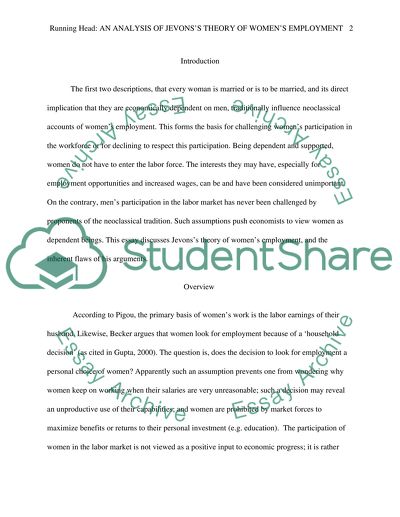Cite this document
(“An analysis f Jevons' Theory of Women's Employment Essay”, n.d.)
Retrieved from https://studentshare.org/macro-microeconomics/1403870-jevons-on-women-s-employment
Retrieved from https://studentshare.org/macro-microeconomics/1403870-jevons-on-women-s-employment
(An Analysis F Jevons' Theory of Women'S Employment Essay)
https://studentshare.org/macro-microeconomics/1403870-jevons-on-women-s-employment.
https://studentshare.org/macro-microeconomics/1403870-jevons-on-women-s-employment.
“An Analysis F Jevons' Theory of Women'S Employment Essay”, n.d. https://studentshare.org/macro-microeconomics/1403870-jevons-on-women-s-employment.


